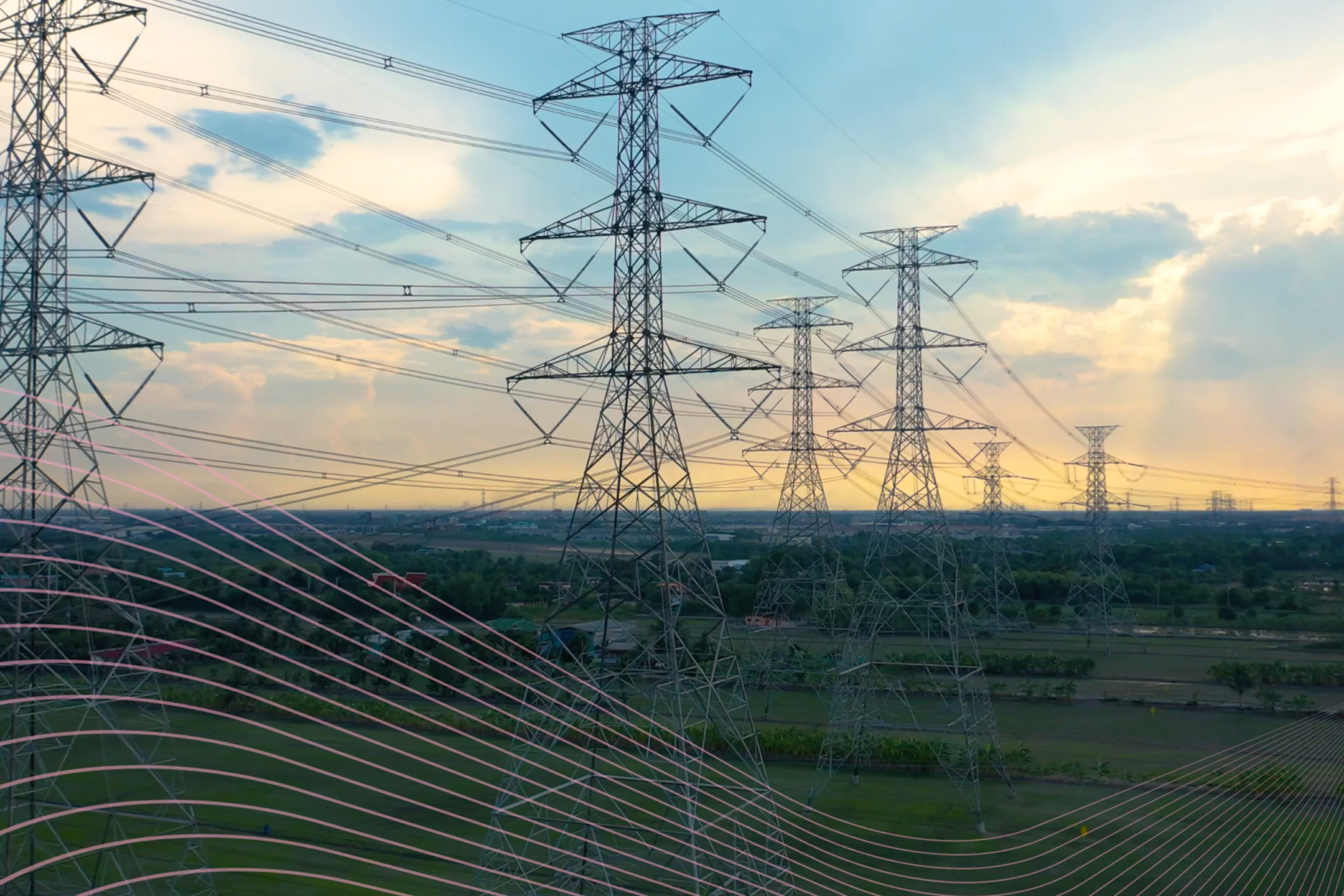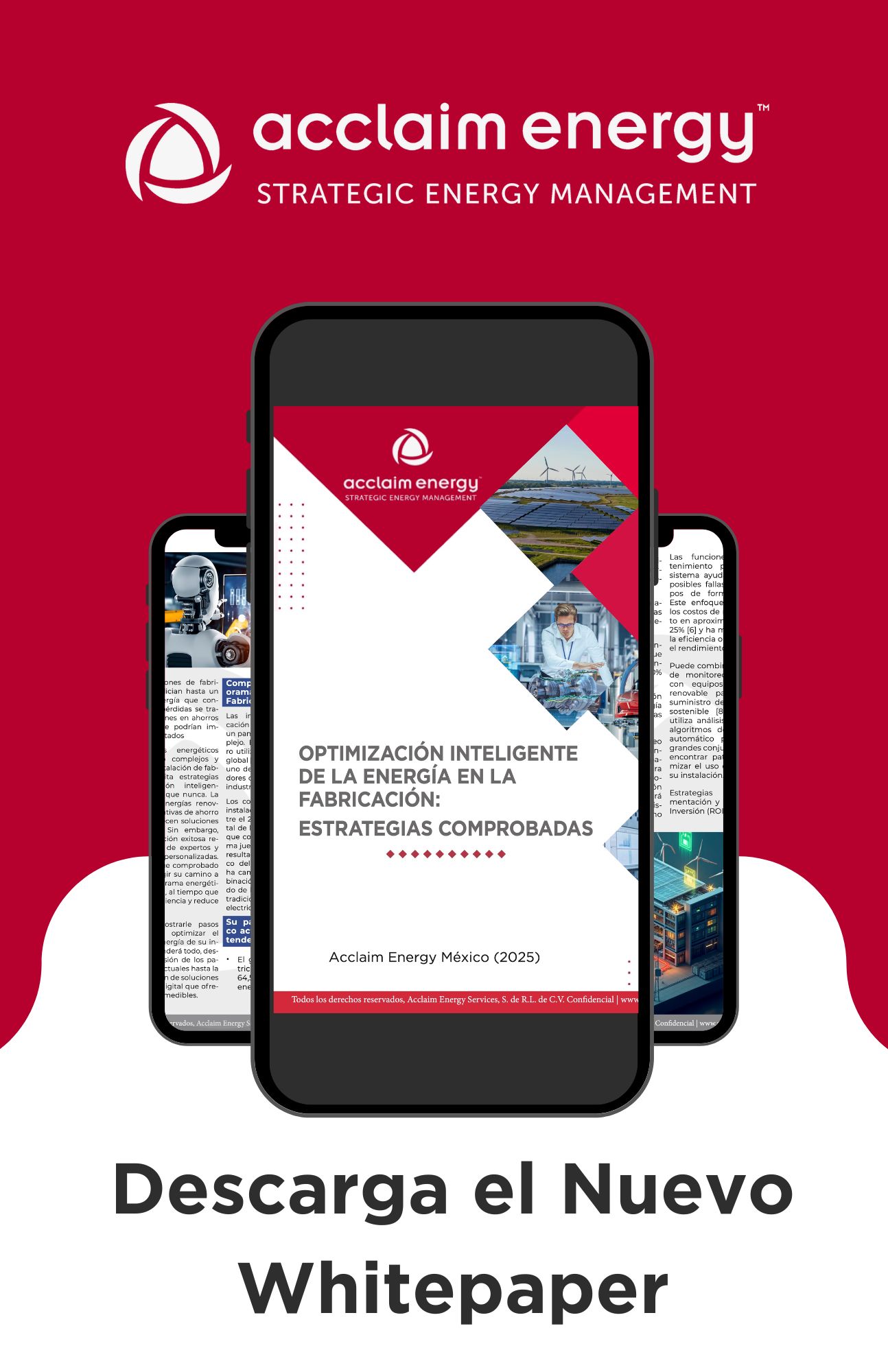10 Things That Happened in 2022: Energy and Offtakers

Despite the ups and downs that the Mexican energy industry underwent in regulatory matters, commercial and industrial offtakers still took advantage of opportunities. Even though the market has developed, and more transparency has transpired, to reach the opportunity, consumers have faced many challenges when contracting and managing their energy supply contracts. Here are 10 things that happened in 2022:
-
Sustainability as a priority: Companies digressed from a “cost-first” focus to positioning sustainability as being of utmost importance. Supply chain audits, financial institution pressure and consumer tendencies have switched organization´s mindsets and led them to look for renewable energy supply. This action helps them comply with one of their most significant CO2 emission generation areas, which in turn supports Scope 2 emissions reduction and compliance with certain ESG targets.
-
Buying energy into the future: In the past couple of years, the government has not been active in issuing new generation permits. By following the news, considering regulatory proposals, and analyzing the PRODESEN (National Electric System Development Program), as of now, plans remain consistent in limiting the development of new renewable energy generation projects. Due to this uncertainty and the possible unavailability of renewable energy supply to meet demand, or the potential increase of pricing because of supply-demand market-driven movements, C&I consumers are choosing to secure renewable energy supply into the future. Organizations are embracing this approach to ensure their business permanence within their industry as clients are increasing their expectations regarding CO2 emissions reductions.
-
Market prices have increased by 40 percent: The world is enduring macroeconomic and political instability: inflation, increases in commodity prices, weather conditions, availability of natural gas, and war, to name a few. This has affected energy products worldwide. Mexico´s dependency on the US also produces correlations to the international markets. During this year, spot market prices have increased by an average of 40 percent. This in turn also has a strong effect on general PPA electricity supply prices that C&I consumers are contracting. Consumers that chose to bear exposure to PML (local marginal prices) have been struck with high budgets this year.
-
Renewal of Qualified Suppliers’ hedging contracts are making many lose competitivity: Qualified Suppliers in Mexico have hedging contracts, known as contratos de cobertura, to back up generation and be able to comply with commercial supply agreements that they directly sign with C&I offtakers. Many of these contracts ended their periods, forcing Suppliers to renew hedging contracts under different conditions that are much less attractive. Because of this, Suppliers have been updating their supply offer structures and shifting the geographical areas where they are more — or less — competitive, switching up business models and historical market aggressiveness.
-
No liquidity among Qualified Suppliers: It was common to witness frequent transactions between Qualified Suppliers that had excess energy to place during certain periods of time. Currently, it is rare for Suppliers to let go of valuable blocks of energy that they can eventually use themselves and sell directly to offtakers.
-
Savings down to an average of 15 percent: In previous years, offtakers had the opportunity to secure electricity supply with 20-30 percent savings against the CFE Basic Supply tariff. Currently, although there is still a good opportunity for consumers, the market has decreased savings, where offtakers are contracting at an average of 15 percent of savings against the CFE Basic Supply tariff regardless of the generation technology.
-
Continuous desire to migrate from Self Supply to Qualified Supply: Due to regulatory uncertainty, offtakers in self-supply “legacy” contracts are with greater frequency evaluating and executing their plans to migrate into the Wholesale Electricity Market (MEM) in order to reduce regulatory risk and continue with a private supply contract under new market conditions. In parallel, there are many self-supply generators evaluating what their business model would look like under MEM market terms in order to also put forth their own plans.
-
CRE reactivated operations — Qualified User Registration in three months: During the COVID pandemic, response times from regulatory entities involved in registration and transition processes, were operating at irregular times. The market, especially offtakers looking to register as Qualified Users, faced many delays. During this time, registrations could take over a year. Currently, Acclaim Energy has been able to obtain Qualified User registration in a three-month period and a full transition in “normal” time.
-
Distributed Generation bigger than ever: This generation scheme, although limited to 500kW, has acted as a “fast and easy” approach that supports companies´ sustainability goals. On-site solar generation has become very popular, especially for companies below the 1MW threshold needed to participate as a Qualified User in the MEM. It has also been popular for meters that have a consumption between 1-3MW since the investment not only reduces CO2 emissions, but has an economic benefit as well. The PRODESEN also recognized the increased tendency of small solar projects. Despite recent regulatory uncertainty around this scheme, C&I consumers look at this solution as a solid one for their portfolios.
-
Risk management became critical: Due to the volatility in market prices and regulatory changes, it has never been more critical to manage risk in supply contracts. C&I consumers must not only analyze different scenarios of what is being contracted and obtain the sensitivity of market status and potential changes, it is also crucial to execute a continuous risk-management strategy through the energy supply contract. This is especially relevant for companies linked to cogeneration facilities where natural gas is a variable that drives budgets up or down. C&I offtakers should follow and understand how macropolitical, economic and regulatory changes may impact their budgets and, therefore, continuously make informed decisions.
These 10 items are clear market tendencies that 2022 brought upon energy offtakers and the industry itself. Market players must analyze, learn, pivot, and embrace change in order to start fresh. Mexico has had one of its best years in foreign direct investment, where businesses are setting up and requesting energy supply. Besides the physical need, organizations must assure competitive pricing with a sustainable approach to comply with strategy and secure business going forward. Cheers to 2023!




